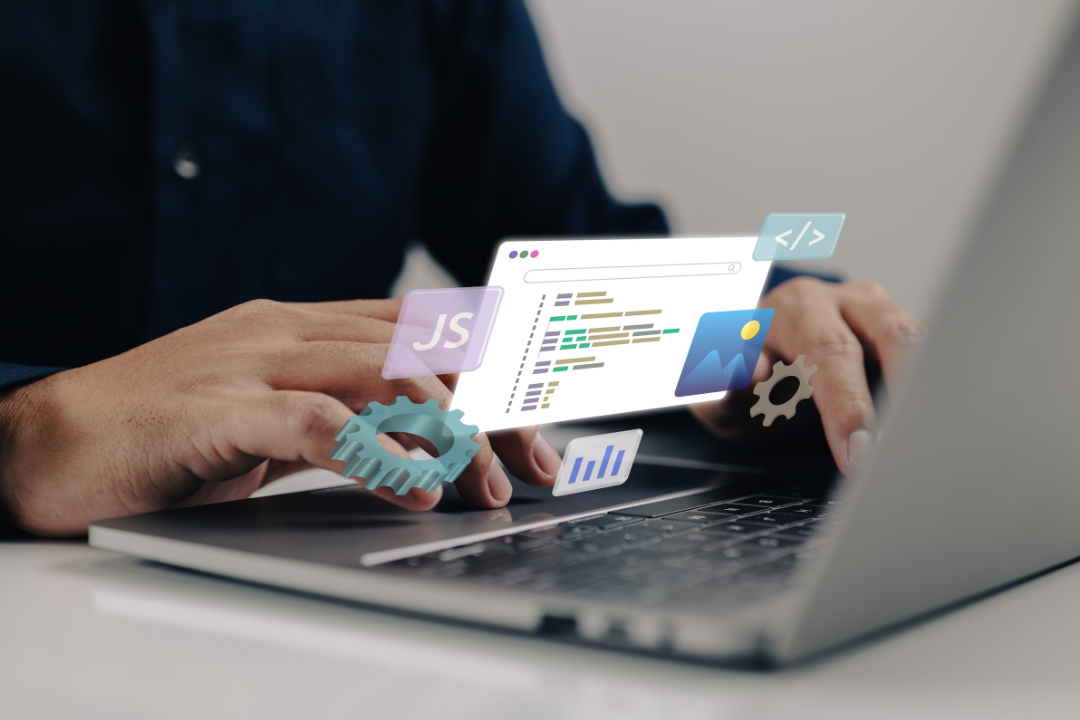Digital marketing evolves quickly, and sometimes your website needs to evolve with it. Whether you’re rebranding, consolidating subdomains, moving from WordPress to Shopify or switching to a faster host, migrating a website or changing your CMS can feel like moving house—exciting, but fraught with risk. Search engines treat your site as a delicate ecosystem. Without careful planning, one misstep can wipe out years of search visibility and send your traffic into freefall. Recovering from a botched migration often takes months.
In 2025 the stakes have grown even higher. AI‑driven search engines like Google’s AI Overviews and Bing’s Copilot now synthesize and cite information in answer panels; it’s no longer enough to maintain rankings—you must also protect the signals that get your content cited in AI summaries. A poorly executed migration can drop you from these summaries by breaking structured data, slowing pages or losing the context that AI models rely on. Here’s how to migrate your site or change CMS platforms while keeping your traffic and authority intact.
Understand the Different Types of Migrations
A “site migration” covers any major change that affects how search engines crawl and interpret your pages. Common scenarios include:
Domain or URL structure changes – such as rebranding or moving from
m.example.comto a single responsive site.Protocol switches – moving from HTTP to HTTPS.
Platform or CMS migration – switching from WordPress to Shopify or another system, which introduces new templates and URL formats.
Site redesigns – updating code or layout, potentially changing content hierarchy and internal links.
International consolidation or host/server moves – consolidating multiple country‑specific sites into subfolders or changing hosting infrastructure.
Content restructures – rewriting or consolidating content for relevance.
Each type requires different tactics, but they all share one priority: preserving your SEO and AI equity—the accumulated rankings, backlinks, crawl paths, schema, and topical authority that fuel both traditional SERPs and AI‑generated results.
Step 1 – Plan Thoroughly and Early
Successful migrations follow a phased approach. Breaking the process into stages helps you stay organised and avoid missing critical tasks[9]. Start by assembling a cross‑functional team (SEO consultant, developer, content editor, UX designer, project manager) and mapping each task to an owner with deadlines. Use project management software or spreadsheets to track progress.
Run a full content and URL inventory
Crawl your existing site and export all active URLs, titles, meta descriptions, H1s, canonical tags, schema markup and internal link structures. Tools like Screaming Frog or BrightEdge’s ContentIQ make this easier. Identify which pages generate the most traffic, conversions and backlinks. These priority pages must either stay live or redirect properly. Deleting or merging them without care is the fastest way to tank your rankings.
Benchmark your current performance
Record organic traffic by page, important keyword rankings, backlinks and AI Overview citations. For AI search, tools like Data Cube X or Perplexity can track which queries cite your content. Set clear KPIs—such as “recover 90 % of organic traffic and 95 % of AI citations within 60 days”—so you have a baseline for success.
Define goals and scope
Before any coding starts, clarify why you’re migrating and what a successful migration looks like. Are you rebranding? Improving speed and UX? Unifying multiple sites? Defining goals helps you decide which content to keep, merge or retire. It also ensures everyone—from developers to executives—is aligned on priorities.
Step 2 – Prepare Your Pre‑Launch Strategy
Create a redirect map
For any URL changes, create a 301 redirect map that pairs each old URL with its new destination. Use permanent 301s, not 302s or meta refreshes. Map redirects in a spreadsheet with columns for the old URL, new URL, redirect type and whether schema or canonical tags are preserved. Wildcard redirects can handle pattern changes (e.g., /blog/*), but test them thoroughly.
Preserve and enhance structured data
AI‑driven search relies on structured data to understand your content. Inventory your existing schema (FAQ Page, Product, Article) and ensure it’s retained or upgraded on the new site[16]. Losing schema or altering its structure can cause AI engines to stop citing you.
Optimize the staging site
Before launch, crawl the staging environment to check for canonical issues, broken links, duplicate content, page speed problems and JavaScript rendering errors. Lock the staging site behind robots.txt and noindex until you’re ready to launch, but verify that every page loads properly.
Audit SEO and UX
An overhaul is a good time to fix legacy issues. Review your content for thin pages, duplicate content, outdated information or poor user experience. Update title tags, meta descriptions and alt text; remove broken links; and ensure images are compressed. Document these changes in an SEO specification for developers.
Identify priority pages
Analyze your analytics and Search Console data to find pages with the highest organic visits, conversions and backlinks. Make sure these pages will exist on the new site and that any URL change is properly redirected. Missing a high‑performing page or misdirecting it can cause dramatic ranking drops.
Build a pre‑migration ranking report
Export your current keyword rankings for key pages. Having this report allows you to compare pre‑ and post‑migration performance and quickly spot problems.
Step 3 – Launch With Precision
Launch day is more than flipping a switch—it’s a coordinated SEO and AI visibility event. On the day of migration:
Implement all 301 redirects from the old site to the new. Test the top 100–200 legacy URLs to ensure they resolve correctly.
Update internal links and canonical tags so they point to the new URLs, preventing chain redirects.
Remove temporary
noindextags from your staging environment, but leaverobots.txtrestrictions in place until you are sure the site is ready.Submit the new sitemap to Google Search Console and Bing Webmaster Tools, including the old URLs if they still return 301s. Use the Change of Address tool if moving domains.
Monitor server response codes for errors (404s, 500s) and fix them quickly.
Step 4 – Monitor and Optimise Post‑Migration
The weeks after migration are critical. Catch issues early before search engines devalue your site. Key tasks include:
Watch your dashboards for traffic, rankings and AI citations. Compare results to your pre‑migration benchmarks. Sudden drops may indicate redirect problems or crawling issues.
Check crawl error reports in Google Search Console for pages returning 404s or blocked by
robots.txt.Validate structured data with schema testing tools to ensure your markup is intact and eligible for rich results.
Reach out to high‑value referrers to update external links to your new URLs. This helps consolidate link equity and speeds up recovery.
Continue optimization. Migrations are opportunities to improve site speed, accessibility and user experience. Use Core Web Vitals reports and feedback to refine your design.
Don’t Forget AI Search Considerations
AI search is reshaping how users find information. When migrating, don’t just think about rankings—think about citation. AI engines prioritize pages that load quickly, have clear structure, retain schema and maintain topical authority. Removing or merging content without careful redirect and schema preservation may make AI models stop referencing you. To remain visible:
Maintain clarity and semantic structure in your content. Use headings and Q&A formats where appropriate.
Ensure pages are fast and accessible; slow, JavaScript‑heavy pages may not be fully parsed by AI tools.
Monitor changes in AI summaries. Tools that track how often your pages are cited can reveal whether the migration affected your AI visibility.
Final Thoughts
A successful website migration or CMS change isn’t about flipping a switch—it’s about engineering a seamless transition that preserves and even improves your search presence. Migrations are complex, but when approached with a systematic, data‑driven plan, they can clean up legacy issues, modernize your site and prepare you for the AI‑first future. The key is preparation: inventory your content, map your redirects, maintain structured data and set benchmarks so you know what success looks like. By taking a phased approach and monitoring your performance closely, you can move your site confidently—without sacrificing the traffic and authority you’ve worked so hard to build.
Need help planning your own migration? At Orange SEO, our technical SEO team can guide you through every stage—from audit and strategy to post‑launch optimization—to ensure your brand stays visible in both traditional search results and emerging AI search experiences.





